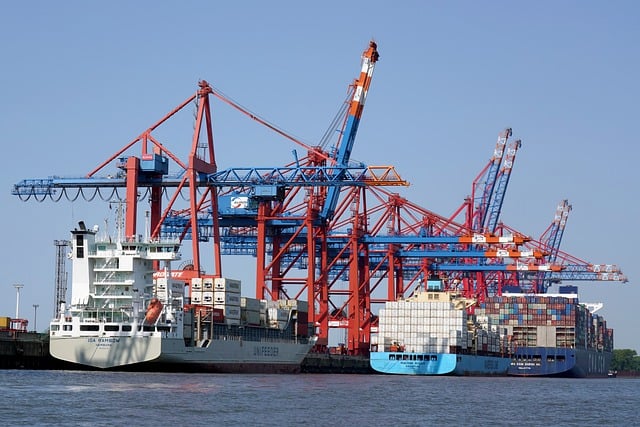
I. How to screen reliable reading lamp manufacturers?
Supplier selection should focus on four dimensions:quality stability, price competitiveness, delivery punctuality rate, and certification completeness. Recommended steps:
- Conduct factory audits to verify:
- ISO9001 Quality Management System certification
- ROHS environmental testing report
- LED light source lifespan test data
- Require provision of the past 12 monthsExport customs clearance,
- Verify product patent certificate validity (especially for design patents)
II. What international certifications are needed for exporting reading lamps?
Certification requirements vary across target markets:
- The European market: CE certification (including LVD Low Voltage Directive, EMC Electromagnetic Compatibility Directive), ERP energy efficiency certification
- North American market: FCC certification, UL safety certification (non-mandatory but affects channel access)
- Japanese Market: PSE round mark certification (applicable for rated power below 100W)
- The Middle East Market: SASO certification (Arabic instruction manual required)
III. How to develop optimal logistics solutions?
Recommend selecting shipping methods based on order size:
- FCL ocean shipping: Most cost-effective when single shipment value exceeds $50,000
- 20GP container capacity: approximately 2,500-3,000 standard reading lamps
- air transport: Suitable for sample shipments or emergency replenishment
- Note lithium battery shipping restrictions (some reading lamps contain built-in lithium batteries)
IV. What payment methods should be used for agency cooperation?
Recommended phased payment plan:
- 30% advance payment (paid after signing agency agreement)
- 60% payment against bill of lading copy
- 10% quality guarantee (paid 30 days after goods acceptance)
For newly established agency relationships, recommend purchasing Sinosure export credit insurance.
V. How to avoid target market positioning errors?
Need to focus on analyzing three market characteristic dimensions:
- Consumption habits: European/American markets prefer adjustable color temperature reading lamps, Southeast Asian markets focus more on price sensitivity
- Regulatory differences: Australia requires plugs to comply with AS/NZS 3112 standard
- Channel characteristics: Japanese market relies on professional lighting equipment suppliers, US market emphasizes online platform sales
VI. What key clauses require special attention in agency agreements?
- Exclusive agency terms: Clearly define territorial exclusivity scope and duration
- Minimum purchase quantity: Recommend implementing quarterly phased assessment mechanism
- 3. Ownership of intellectual property rights: OEM orders require special agreement on design ownership rights
- Breach compensation: Need quantified standards for slow-moving product return/exchange clauses
VII. How to control exchange rate fluctuation risks?
Recommend adopting combined hedging strategies:
- Include ±3% exchange rate fluctuation tolerance in contracts
- Use forward exchange contracts for orders exceeding $500,000
- Add price adjustment formula in agency agreements (referencing LME copper price index)
VIII. How to handle post-sale quality disputes?
It is recommended to establish a three - level response mechanism:
- ≤1% defect rate: Direct replacement at local warehouse
- 1%-3% defect rate: Supplier covers repair costs
- >3% defect rate: Initiate quality issue traceability procedure
Special attention to EU markets mandatory 2-year warranty requirement - must clarify warranty responsibility allocation in contracts.


 Follow Customer Service WeChat
Follow Customer Service WeChat